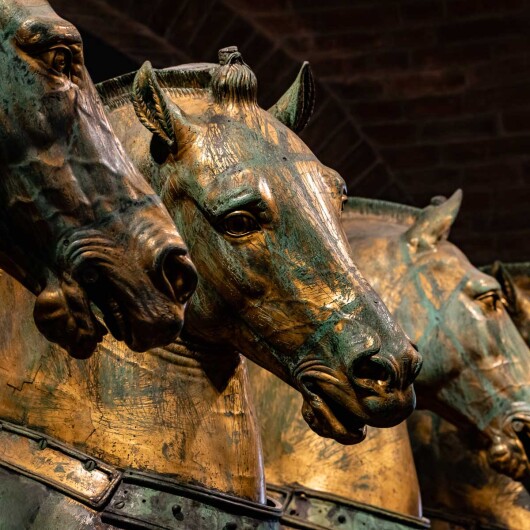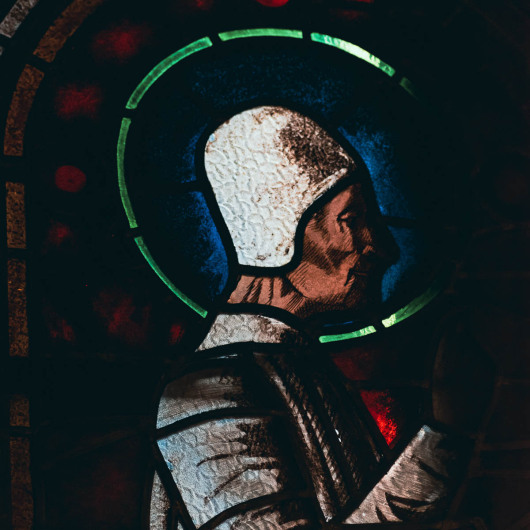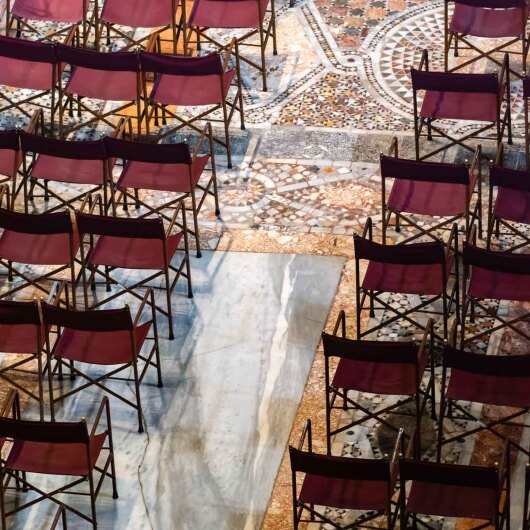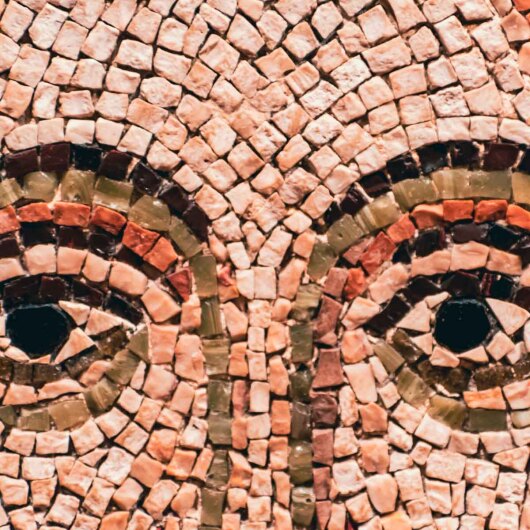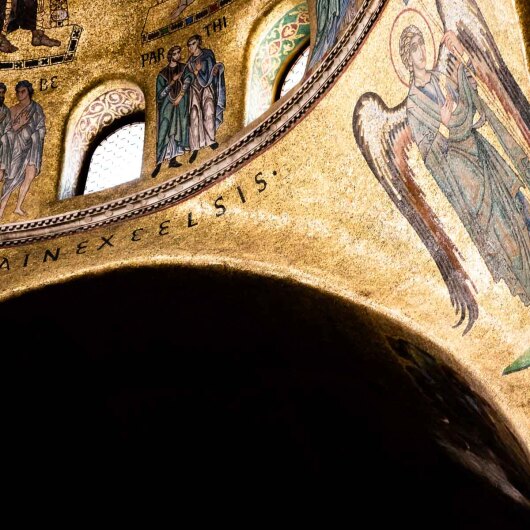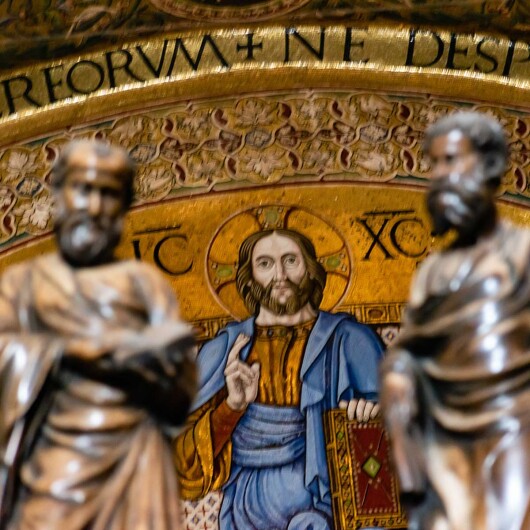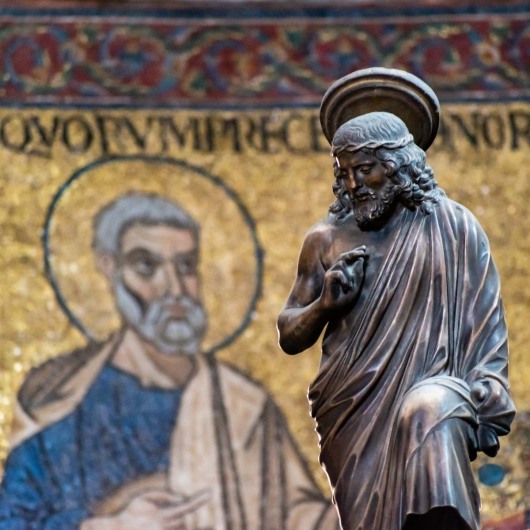St. Mark's Basilica
St. Mark’s Basilica shimmers with golden mosaics and timeless sacred splendor
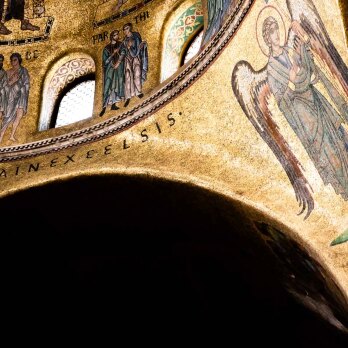
Getting to Saint Mark’s Basilica
Saint Mark's Basilica, located in Piazza San Marco, is Venice's architectural gem, alongside the Doge's Palace and Campanile. It is accessible via Vaporetto (Lines 1 or 2), with stops at San Marco Vallaresso and San Zaccaria.
Alternatively, walk from central places such as Rialto, or take a scenic, direct—but expensive—water taxi to your destination.
A Monument of Legend and Power
Saint Mark's Basilica, erected in 832 AD, was built to house treasures stolen from Alexandria, granting Venice celestial status. After a 976 fire, it was rebuilt and flourished after 1204 with plundered Byzantine treasures.
It is a Byzantine-Gothic masterpiece that functioned as the Doge's chapel and represents Venice's spiritual, cultural, and political dominance for nearly a millennium.
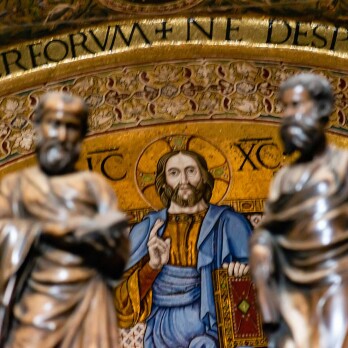
Why Saint Mark’s Basilica Mesmerizes
Saint Mark's Basilica dazzles with its Byzantine core—five domes, a Greek cross layout, and 8,000 square meters of golden mosaics that sparkle like heaven.
The Pala d'Oro, embellished with thousands of diamonds, offers unparalleled splendor.
Its eclectic exterior, filled with plundered antiques, and majestic setting in Piazza San Marco add to its everlasting attractiveness.
Best Times to Visit
Go early (9:30-10:30 AM) or late afternoon to avoid the lunchtime throng.
April-May and September-October provide perfect weather and reasonable crowds. Winter is tranquil, yet it brings fewer days and the possibility of flooding.
Avoid peak summer unless you're well-prepared. Avoid holidays, weekends, and Carnival because of large crowds and limited access.
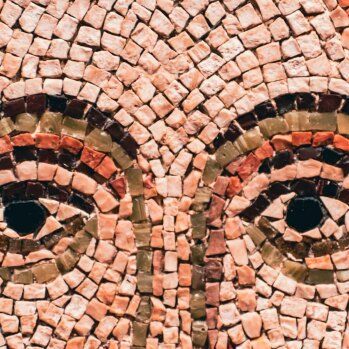
Feeling the Divine Glow
Entering Saint Mark's Basilica is a profound sensory experience. In the faint light of incense, the golden mosaics glisten, evoking a sense of religious awe.
History is alive with monarchs, pilgrims, and crusaders. It is a place of magnificence, pride, and Venetian identity.
More than prayer, it prompts meditation on centuries of artistic commitment and spiritual aspiration.
Visitor Guidelines
Dress modestly; shoulders and knees must be covered. Large baggage are not permitted; use the nearby left-luggage office. Photographing and filming inside is absolutely prohibited.
Maintain silence, particularly during religious services. Expect crowds, be patient, and keep an eye out for high water (acqua alta) in the winter months.
Respect the space as a holy site and cultural resource.

More to Discover Around Saint Mark’s
Piazza San Marco surrounds the basilica with prominent sites such as old cafés, the majestic Doge's Palace, and the Campanile with breathtaking views.
Explore the Museo Correr, Biblioteca Marciana, and the Archaeological Museum. Stroll down the Riva degli Schiavoni, see the Bridge of Sighs, or take a gondola ride nearby—Venice's rich history spreads in all directions.
Soul of the Venetian Republic
Saint Mark's Basilica was Venice's spiritual and political heart, serving as both the Doge's church and the Republic's symbol. It housed St. Mark's relics and served as the focal point of religious life and rituals.
Its diverse architecture represents Venice's East-West fusion and power.
Today, it is Venice's most famous monument, representing centuries of pride, identity, and cultural significance.
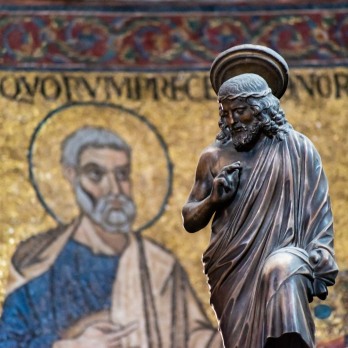
A Recognized World Treasure
Saint Mark's Basilica is a top historic site.
It is protected by Italian cultural regulations and is an important part of the UNESCO World Heritage Site "Venice and its Lagoon" since 1987. UNESCO highlights its artistic excellence, technological competence, and cultural unity. The basilica represents Byzantine architecture, Venetian wealth, and centuries of artistic and historical significance.
Legends Carved in Saint Mark’s Stone
Saint Mark's Basilica is rife with legends: Venetian traders allegedly transported St. Mark's relics from Alexandria under pork to avoid Muslim soldiers.
The treasures were "miraculously" found in 1094 following a fire. The Porphyry Tetrarchs statue depicts merchants turned to stone, while the ancient bronze horses looted from Constantinople have their own mysterious history.
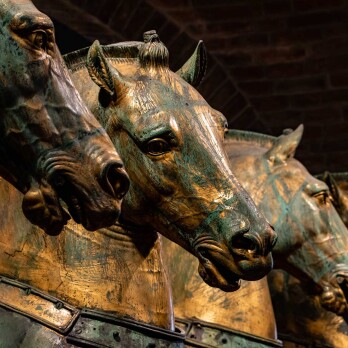
Endless Artistic Inspiration
For centuries, Saint Mark's Basilica has served as an inspiration to artists, writers, and filmmakers alike. It appears in Canaletto and Bellini's Venetian paintings, Ruskin and Mann's literary writings, and has influenced composers such as Monteverdi. The basilica has also appeared in films like Indiana Jones and The Tourist. Its striking exterior remains a popular subject for photography and digital media.
Cost & Value
Entry to Saint Mark’s Basilica is free, thanks to the Patriarchate of Venice. For a fuller experience, the Pala d’Oro costs around €5 and showcases exquisite medieval goldwork. The Museum (€7) offers original bronze horses and stunning views.
The Treasury (€5) appeals to art lovers. Guided tours (€20–€50+) enhance understanding and skip lines, providing excellent value.
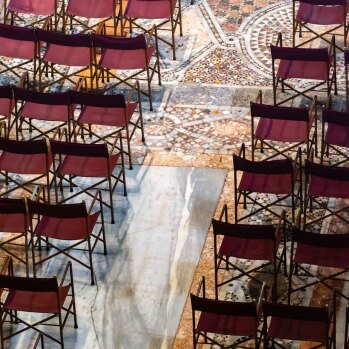
Accessibility & Suitability
Saint Mark's Basilica welcomes everyone. Crowds and quiet rules may challenge young children, and strollers are not permitted inside.
Elderly visitors can cross the fairly flat basilica, but they should be prepared for waits and stairs within the Museum.
The main basilica has step-free access, however several portions are still inaccessible to people with mobility impairments.
Planning Your Visit
Basic admission to Saint Mark's Basilica is free and does not require reservations, so expect lines. Skip-the-line access is only available when booking guided tours, which frequently include the Pala d'Oro and Museum. Large groups must make reservations in advance. While tours are not required, they considerably improve comprehension and are highly recommended, particularly during peak seasons.
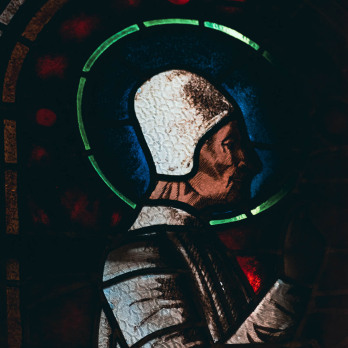
Tourism's Golden Dome
Saint Mark's Basilica is Venice's most popular tourist destination, attracting millions each year and driving demand for hotels, tours, and local businesses. It supports a large number of jobs, both directly and indirectly. Although entry is free, paid sites and tours generate significant revenue. Its cultural significance fuels art markets, but careful management is required to balance tourism, preservation, and city welfare.
Special Experiences
Saint Mark's Basilica does offer special evening trips in the spring and fall, which include admission to the Museum and Loggia but require advance appointment.
Attending liturgical services, particularly on important feast days, is a moving experience. The beautifully illuminated basilica and piazza create a magical nighttime atmosphere during both festivals and quiet evenings.







